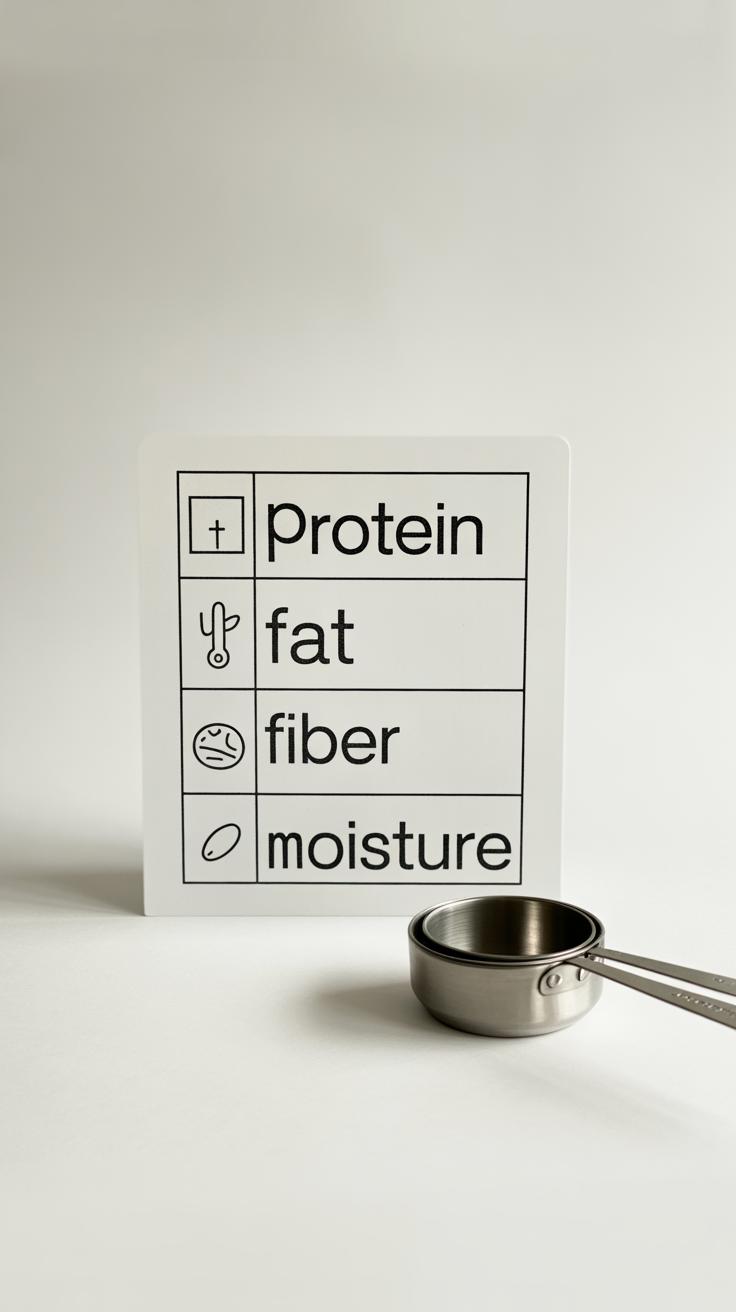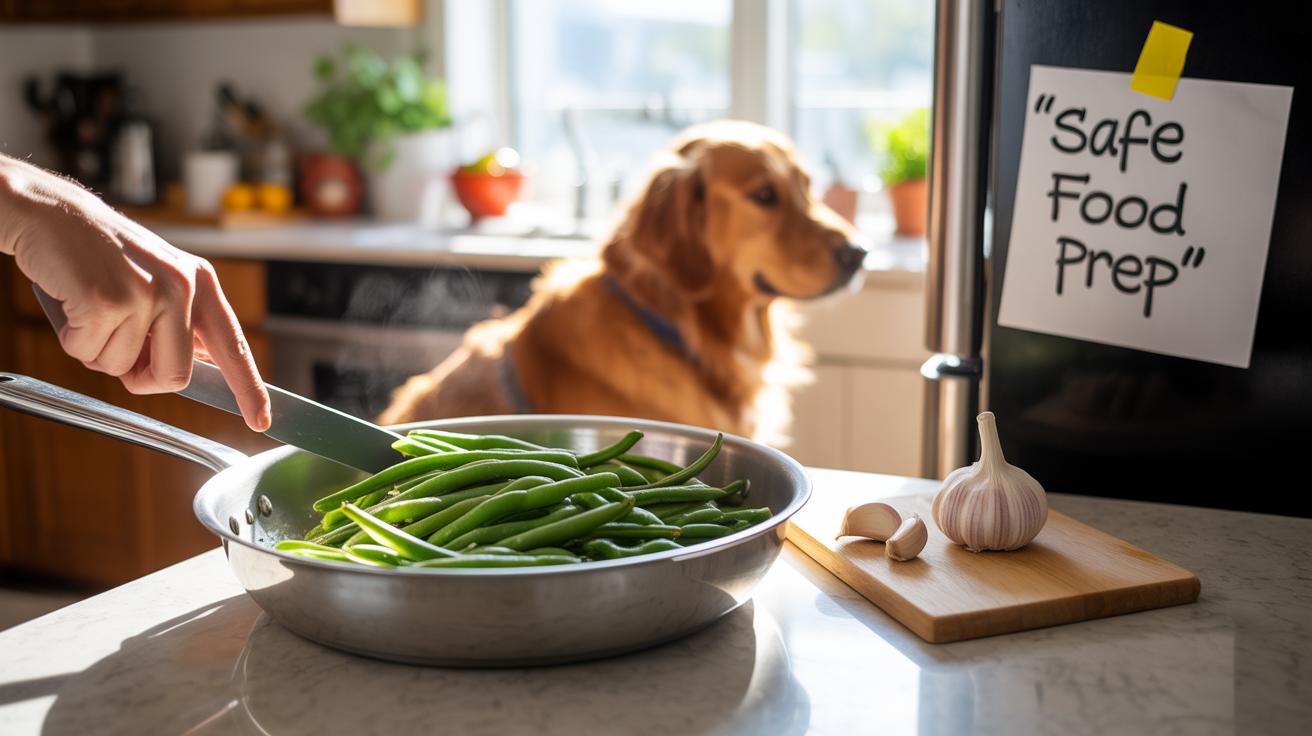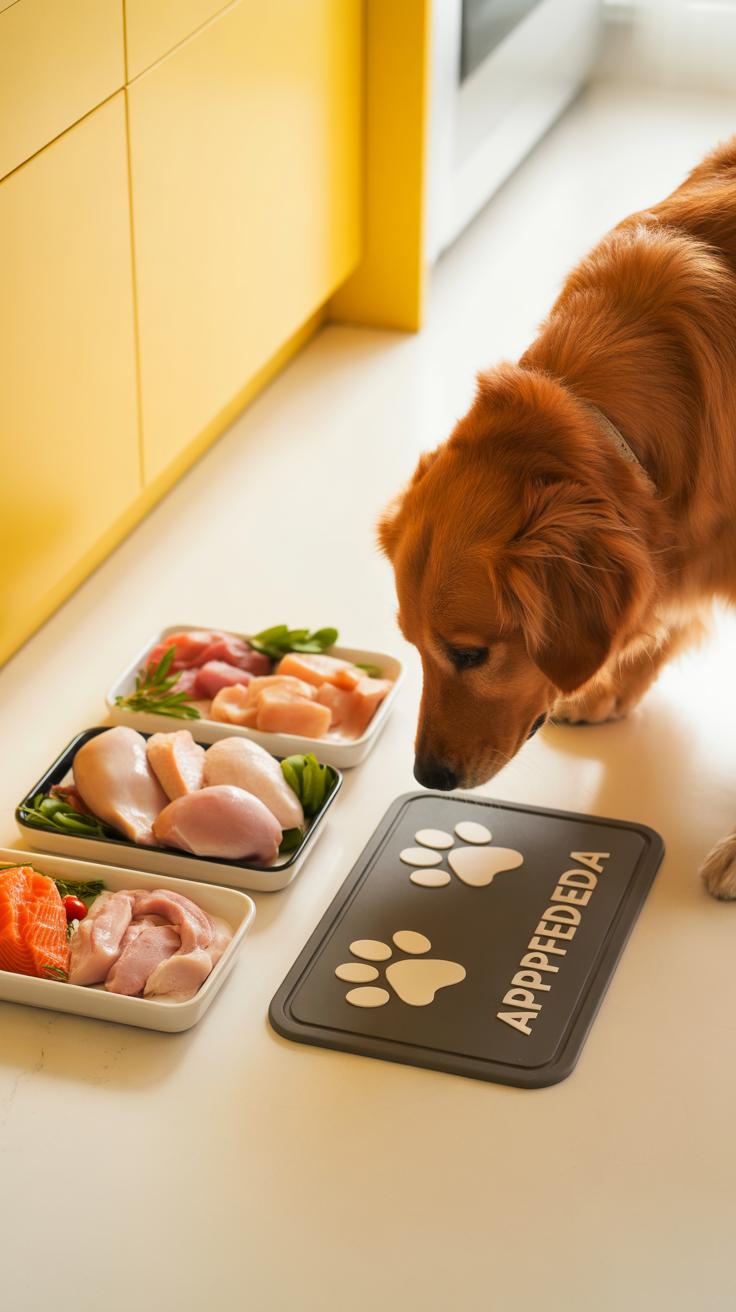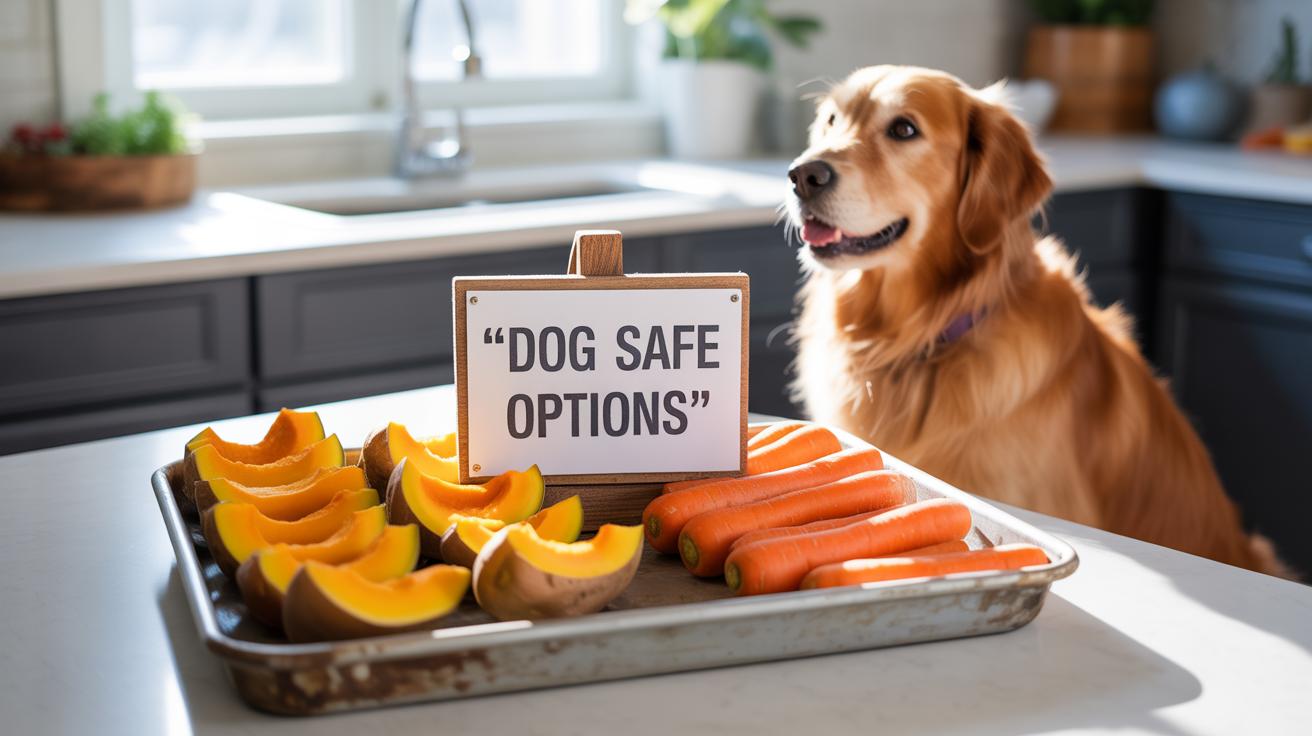Introduction
Choosing the right food for your dog can be challenging. With so many choices on the market, learning how to read dog food labels helps you make informed decisions. This guide, Dog Food Label Tips Decode Ingredients Owners Should Watch, explains how to understand labels and what ingredients matter most for your pet’s health.
Dog food labels can be confusing. Words and terms like ‘guaranteed analysis’ or ‘by-products’ appear often. By decoding these labels, you discover what your dog is really eating and how it supports their well-being. This article explores important label sections and common ingredients to watch.
Why Reading Dog Food Labels Is Important
When you pick up a bag or can of dog food, it might seem like just another product on a shelf. But the label holds crucial information about what you’re feeding your dog—something not every owner realizes is worth digging into. Reading dog food labels isn’t just about checking the price or the brand; it’s about making choices that affect your pet’s health, energy, and longevity.
You might wonder why it’s necessary to pay attention to tiny print on packaging when you trust your vet’s recommendations or rely on what’s popular. Yet, knowing what’s inside can help avoid allergies or nutritional gaps. For example, some dogs do better with limited ingredients or specific protein sources. Without label knowledge, you’re guessing rather than choosing carefully for your pup’s unique needs.
Labels matter because they tell you exactly what’s included—and sometimes what’s not—in the food. This can influence weight management, coat condition, and even digestion. If you’ve ever switched foods and noticed a change, it’s often tied back to the ingredients and nutrients outlined there.
Understanding Label Information
Dog food labels have a few main parts designed to give owners a snapshot of what’s inside. First, you’ll see a list of ingredients, usually arranged from highest to lowest by weight. That helps you identify the main protein sources or if fillers dominate the recipe.
Next comes the nutritional adequacy statement. This part tells you if the food meets nutrition standards set by regulatory groups or is suitable for all life stages or just specific ones like puppies or adults. That’s a bit like a passing grade for the food’s ability to support health.
Then there’s feeding guidelines, usually just suggestions, showing how much to feed depending on your dog’s weight. It’s a helpful starting point but doesn’t replace personalized advice from your vet.
And finally, you’ll find the manufacturer’s info and sometimes caloric content. This section helps compare energy levels between products but can be a bit confusing if you’re not careful.
Avoiding Confusing Terms
Dog food labels often use terms that sound good but can be puzzling. Words like “natural,” “organic,” or “premium” aren’t tightly regulated, so they don’t always mean what you expect.
“Natural” might just imply no artificial flavors or colors but doesn’t guarantee anything about ingredient quality. “Organic” can be more reliable but usually comes at a higher price and still needs closer inspection of the ingredient list.
Then, there are claims like “complete and balanced.” While it sounds reassuring, it means the food meets minimum nutrient requirements, not necessarily that it’s optimal for every dog. You might find that a label boasts “with added vitamins,” but those could be added after processing to make up for losses elsewhere.
It’s easy to get caught up in marketing language. So, when you see unfamiliar terms, comparing the actual ingredients and nutrition facts often tells a clearer story. If something feels vague or too good to be true, that’s usually a signal to look deeper.
The Guaranteed Analysis Section and What It Means
When you glance at a dog food label, one of the first things you’ll probably notice is the guaranteed analysis. This part can look a bit technical, but it’s really just a snapshot of the nutrients in the food, showing minimum and sometimes maximum levels. For example, it lists the least amount of protein and fat you’ll find in the food, along with limits for things like fiber and moisture.
These numbers don’t tell you everything, but they do set some ground rules. The minimum protein percentage guarantees your dog is getting enough essential building blocks for muscles and tissues. Fat shows energy levels, which can be tricky—too much or too little can both be a problem.
Key Nutrients Listed
Here are the nutrients usually included in this section and why they matter:
- Crude Protein: Supports muscle health and repair. Dogs need a steady supply.
- Crude Fat: Provides energy and supports skin and coat health.
- Crude Fiber: Helps digestion and stool consistency; it’s a small but important ingredient.
- Moisture: Shows the percentage of water in the food. Higher moisture can mean a softer texture.
Sometimes you’ll also see vitamins or minerals listed, but these are usually in a separate section. Still, the basics here can give you a quick idea of what’s inside.
How To Use This Info
So, how can you use guaranteed analysis when picking out food? It’s actually a handy tool for comparison.
If you’re juggling several brands or formulas, look at the protein and fat levels first. A higher protein doesn’t always mean better; it depends on your dog’s age, activity, and health conditions. Older dogs, for example, might do better with moderate protein, while active pups often need more.
Also, pay attention to moisture—dry foods have less water than canned, so percentages will naturally differ. But comparing fiber might help spot options better for digestion.
Personally, I find that focusing on these numbers narrows down choices fast, instead of getting lost in marketing claims. It’s a practical way to judge if a food might meet your dog’s needs, even before digging into the ingredients list.
Ingredients List Explained
The ingredients list on your dog’s food label isn’t just a random set of words—it’s ordered by weight. That means the first ingredient is what makes up the largest portion of the food before cooking. It’s tempting to scan the list quickly, but paying close attention to those first few ingredients gives you real insight into what your dog is mostly eating.
Think about it: if “chicken meal” or “beef” tops the list, that’s often a sign the food has a good protein base. On the other hand, if “corn,” “wheat,” or “soy” come first, that tells you carbs or fillers make up most of the food. These don’t provide the same nutritional punch your dog needs. But weight ordering can be tricky—the ingredients are weighed before processing, which can affect their ranking. So, for example, fresh meat contains a lot of water that evaporates during cooking, which might lower its final weight compared to dried grains.
Spotting quality ingredients takes some practice. Look for named proteins like “chicken,” “salmon,” or “lamb” instead of vague terms like “meat” or “animal by-product.” Whole foods like sweet potatoes or brown rice are usually better than generic starches. Beware of fillers that add bulk without nutrients—things like corn gluten or wheat middlings don’t offer much beyond calories. It’s a bit of a puzzle to read through, but learning this helps you avoid feeding your dog excess fillers or low-value ingredients that might just be padding the bag.
Animal Proteins in Dog Food
Animal proteins are often the cornerstone of dog food because dogs need protein to maintain muscles, support immune functions, and provide energy. But not all protein sources on labels are created equal, and understanding what you’re really feeding your dog can be tricky.
Common animal protein ingredients include chicken, beef, lamb, fish, and sometimes more unusual ones like duck or venison. These provide essential amino acids, which dogs can’t produce themselves and must get from their diet. You might see terms like “chicken meal” or “fish meal”—these are concentrated protein sources made by removing most of the moisture from meat.
When assessing protein quality, looking at the label beyond just the name matters. Where the protein appears in the ingredient list gives clues about its proportion, but you also want to consider the source’s digestibility and nutrient balance. For example, whole meat is often more digestible than by-products, though some by-products can still be nutritious.
Try to spot specific animals rather than generic terms like “meat” or “meat meal.” They’re vague and can hide low-quality components. Also, beware of multiple protein sources listed separately—it might mean each one is present in tiny amounts.
Have you noticed your dog reacts better to certain protein types? That’s a good reminder that protein quality and source aren’t just label claims—they affect your dog’s health in a real way.
Carbohydrates and Other Ingredients
Carbohydrates often get overlooked when scanning dog food labels, but they play a crucial role. They provide energy, which your dog needs daily, but not all carbs are created equal. Some ingredients are more digestible, while others mainly add bulk. You’ll find common sources like rice, corn, barley, oats, and potatoes. Each brings something different to the bowl. For example, rice can be easy on sensitive stomachs, while oats offer fiber that supports digestion. On the flip side, some dogs don’t do well with corn or wheat, though those ingredients are pretty common.
When looking closer, you might notice fiber ingredients too, such as beet pulp or chicory root, which help with gut health. It’s a bit like feeding your dog’s inner ecosystem. You should think about how your dog handles digestion and energy needs. It’s not just about carbs as fillers; they have real nutritional value.
Types of Carbohydrates
Here are some frequent carbohydrate ingredients in dog food and what they do:
- Brown rice: Offers longer-lasting energy and some fiber.
- Corn: Widely used but can be controversial because some dogs may be allergic.
- Barley: Adds fiber and slow-release energy.
- Oats: Gentle on digestion and a good source of soluble fiber.
- Potatoes and sweet potatoes: Provide starch and fiber, sometimes favored in grain-free formulas.
- Vegetables like peas: Supply carbs plus protein and fiber.
Each of these affects your dog’s energy levels differently, so it’s worth trying to match ingredients to your pet’s lifestyle and sensitivities.
Fats and Nutrients
Fats are another key part. They’re dense energy sources and help absorb essential vitamins like A, D, E, and K. Common fat sources include chicken fat, fish oil, and flaxseed. Sometimes you’ll spot named fat sources, which usually indicate better quality. Plus, fats support healthy skin and a shiny coat—something you might notice if your dog’s food lacks enough.*
Vitamins and minerals get added too, to make sure your dog doesn’t miss out on crucial nutrients. Think calcium for bones, or zinc for immune support. These might not be on the front of a bag, but they matter just as much. Reading the label carefully can help you spot whether those beneficial nutrients are really in there or just sprinkled in by law.
Have you ever wondered if your dog’s food truly meets their needs beyond protein? Carbs, fats, vitamins—it’s a lot to weigh, but paying attention to these ingredients makes a difference you might see on your dog’s energy and coat health.
Understanding ByProducts and Fillers
What Are By-Products?
By-products often get a bad reputation, but they’re not always what you might imagine. In dog food, by-products include parts of animals that aren’t muscle meat like organs, bones, or blood. For example, liver, kidneys, and heart are common by-products. These parts can offer valuable nutrients like vitamins and minerals that muscle meat lacks. But the problem arises when manufacturers don’t specify quality. “Meat by-products” can mean anything from wholesome organ meats to leftover parts no one else wants. So, deciding if a by-product is acceptable depends on transparency and context. If you see “chicken by-products” and know the source is a trusted brand, it might actually be beneficial for your dog. If not, that’s where caution comes in.
Fillers and Their Impact
Fillers are a different story altogether. You’ll spot ingredients like corn, wheat, or soy often listed as fillers. While these aren’t harmful in itself, they mostly add bulk without much nutritional value for dogs. They can dilute the goodness in the food and sometimes cause digestion issues or allergies, especially if your dog has sensitivities. On the flip side, some fillers like beet pulp do provide fiber, helping digestion. So, it’s not black and white. Just remember, fillers shouldn’t replace quality proteins and fats. When you look at the label, ask yourself: is this ingredient here to add nutrients, or just to make the bag seem fuller? Your dog’s health might depend on that distinction more than you’d expect.
Choosing Food Based on Your Dogs Needs
Picking the right dog food isn’t just about what’s on the label. Your dog’s breed, age, size, and health all play a role. For example, a tiny Chihuahua and a giant Great Dane have very different calorie and nutrient needs. It’s tempting to grab a general formula, but that might not serve them well long term.
When it comes to age and size:
- Puppies require more protein and fat for growth than adult dogs.
- Senior dogs often benefit from diets lower in calories but rich in joint-supporting nutrients.
- Small breeds tend to have faster metabolisms than larger breeds, so they might need more frequent meals with higher energy density.
Your dog’s health also changes the game. If your pet has kidney trouble, diabetes, or allergies, some ingredients might do more harm than good. Special diets formulated for these issues often exist, but don’t just switch foods without chatting with your vet. Sometimes, what seems like a perfect diet might miss subtle daily needs.
Maybe you’ve noticed your dog struggles with itchy skin or digestive upset. There might be a need for limited ingredient diets or grain-free options, but these aren’t always better—sometimes they just seem better. So, keep a close eye on how your dog responds physically and behaviorally after changing diets.
Reading Labels on Wet Versus Dry Food
Label Differences
When you pick up a can of wet dog food versus a bag of dry kibble, the labels tell different stories. Wet food labels often list moisture content, which can be as high as 75-80%. This changes how you interpret ingredient percentages. For example, when a wet food says it contains 10% protein, that’s on a wet basis, not dry matter, which can confuse you if you’re comparing it directly to dry food labels.
Dry food labels, by contrast, usually provide nutrient percentages without much mention of moisture because kibble contains just 10% or less. So the protein or fat numbers there are naturally higher, making the food seem denser in nutrients. If you’re a bit casual about it, you might assume dry food always has more protein, but when you adjust for moisture, wet food could be just as rich.
Another difference is ingredient lists. Wet foods sometimes include more whole, recognizable ingredients like chunks of meat or vegetables. Dry foods tend to use more rendered meals and by-products. It doesn’t automatically mean one is better, but it’s a nuance to keep in mind.
Choosing Between Wet and Dry
Deciding between wet and dry food isn’t just about the labels. You have to think about your dog’s preferences, your budget, convenience, and even dental health. Wet food wins on palatability and hydration, especially for picky eaters or dogs needing wetter diets. But it’s often pricier and less convenient to store or serve.
Dry food lasts longer once opened and is easier to measure, making feeding straightforward. Plus, many believe it helps with tartar buildup, though that’s not guaranteed. Reading labels can guide you — if you spot unnecessary fillers or weird additives in dry food, maybe wet food suits your dog better, or vice versa.
What’s tricky though is the mix many owners do. Feeding both types means doubling your label-reading efforts. Are you trying to balance nutrition or texture? Labels hint at what you might miss otherwise. It’s not a clear-cut choice, just one where labels help figure out what fits your dog and your routine.
Common Misunderstandings About Dog Food Labels
Many dog owners glance at the label and think, “Great, this food has ‘natural ingredients,’ so it must be healthy.” But terms like “natural,” “premium,” or “holistic” aren’t regulated the way you might expect. Companies often use these buzzwords to draw you in without guaranteeing better nutrition or quality.
For example, “natural” can mean almost anything, except synthetic additives. It doesn’t necessarily mean fresh, organic, or free from fillers. Sometimes, the label highlights “with real chicken” even if chicken is just a tiny part of the mix, buried far down the ingredient list.
Labels also don’t reveal the sourcing or processing methods behind ingredients. You won’t find if the meat came from factory farms or sustainable sources. Nutrient levels can vary batch to batch, and palatability enhancers might mask lower-quality components. If the label claims added vitamins, it won’t say how well your dog actually absorbs them.
What else isn’t obvious? The bioavailability of nutrients, the freshness of ingredients, or whether the food suits your dog’s unique needs, like allergies or sensitivities. Sometimes, labels give you the “what” but not the “how good” or “how suitable.”
If you’re curious, checking resources beyond the label—like company transparency reports or independent reviews—can paint a fuller picture. It’s easy to get stuck trusting that the label tells the whole story, but a little skepticism really helps when choosing what’s best for your dog.
Conclusions
Knowing how to read dog food labels gives you control over your dog’s diet. You learn to spot beneficial ingredients and avoid those less helpful. This knowledge lets you choose foods that fit your dog’s age, size, and health needs.
Approach dog food labels with a clear eye. Focus on nutrient balance and ingredient quality. Doing this helps your dog stay healthy and happy. Keep learning about dog nutrition as your dog’s needs change. Your care makes a big difference.






















